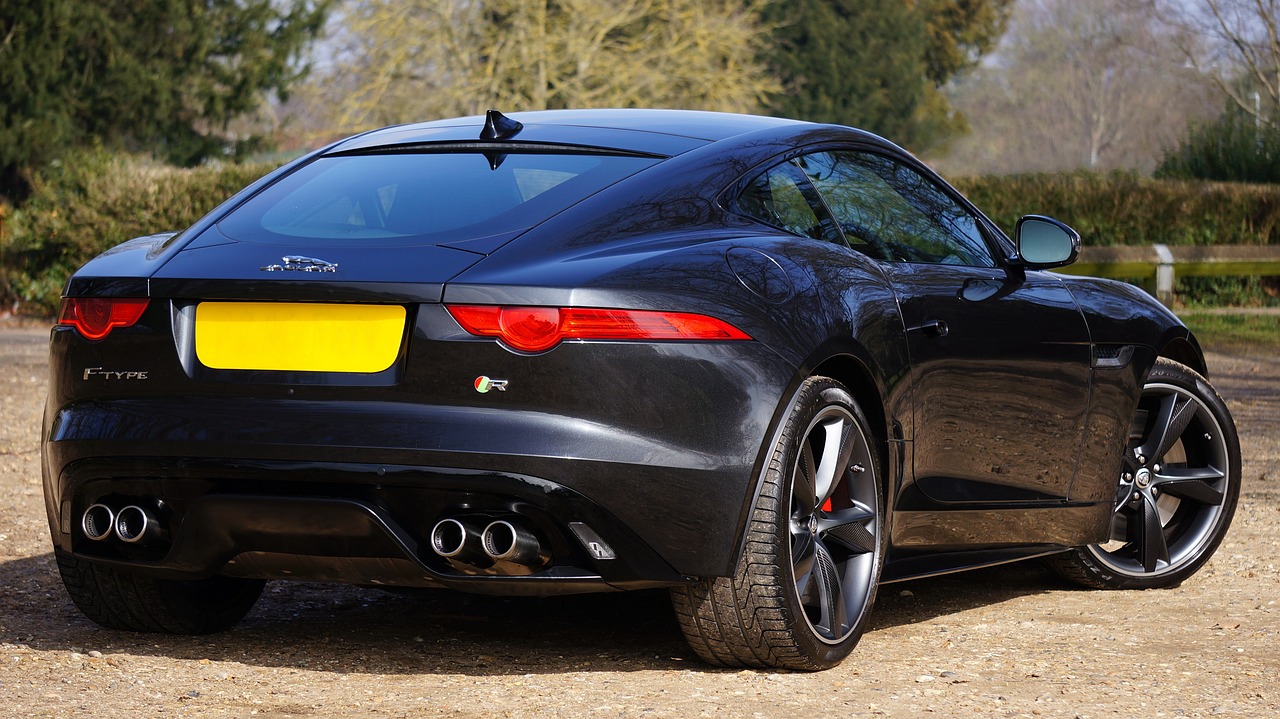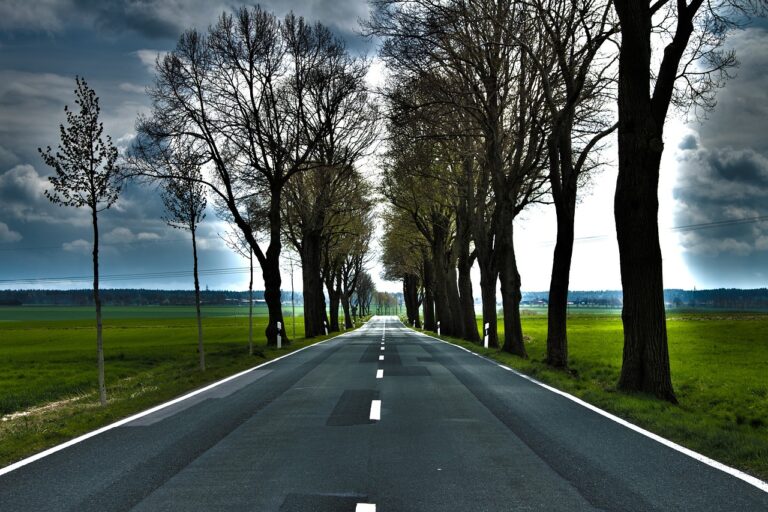The Growing Market for Vintage and Classic Car Restoration
Vintage and classic cars hold a special place in the hearts of many car enthusiasts around the world. These unique vehicles are not only a piece of automotive history but also a symbol of style, elegance, and craftsmanship. Dating back to the early 20th century, vintage cars refer to vehicles manufactured between the 1910s and 1930s, characterized by their sleek designs and handcrafted features.
As time progressed, classic cars emerged, representing vehicles built between the 1940s and 1970s. These cars are cherished for their iconic and timeless designs, as well as their innovative engineering that pushed the boundaries of the automotive industry. From the iconic Ford Model T to the elegant Rolls-Royce Phantom, vintage and classic cars showcase the evolution of automobile design and the influence of technological advancements on the automotive landscape.
The Popularity of Restoring Vintage Cars
Restoring vintage cars has become increasingly popular in recent years. Enthusiasts are drawn to the idea of preserving the history and craftsmanship of these classic vehicles. The sentiment of nostalgia associated with driving a vintage car also adds to the appeal of restoring and owning one.
Moreover, the process of restoring a vintage car offers a unique hands-on experience that many find rewarding. From sourcing original parts to meticulously working on the mechanics and aesthetics of the vehicle, restoring a vintage car requires dedication and patience. The sense of accomplishment that comes with bringing a classic car back to its former glory is a driving force behind the popularity of this hobby.
The Process of Restoring a Classic Car
Restoring a classic car is a meticulous and time-consuming endeavor that requires a keen eye for detail and a deep appreciation for vintage vehicles. The process typically starts with a thorough assessment of the vehicle’s condition to determine the extent of restoration needed. This involves inspecting the body, frame, engine, interior, and all other components to create a comprehensive restoration plan.
Once the assessment is complete, the next step is to disassemble the car and begin the restoration process. This often involves stripping the car down to its bare bones, removing layers of paint, rust, and old parts to prepare it for the rebuilding phase. Each component is meticulously restored or replaced to bring the car back to its original glory, with careful attention paid to maintaining its authenticity and historical accuracy.
• The restoration process may involve sourcing original parts or fabricating custom pieces to match the car’s original specifications
• Bodywork and paint are crucial elements of the restoration process, requiring skilled craftsmanship to ensure a flawless finish
• Mechanical components such as the engine, transmission, brakes, and suspension are carefully rebuilt or replaced to ensure optimal performance and reliability
• Upholstery and interior trim work are meticulously restored or recreated to match the car’s original design and materials
• Once all components have been restored or replaced, the car is reassembled with precision and care to ensure everything fits together properly
What is the difference between a vintage car and a classic car?
Vintage cars are typically defined as cars made between 1919 and 1930, while classic cars are generally considered to be cars that are older than 20 years but less than 40 years old.
Why do people choose to restore vintage cars?
People choose to restore vintage cars for a variety of reasons, including nostalgia, a love of classic design, and the satisfaction of bringing a piece of automotive history back to life.
How long does it take to restore a classic car?
The time it takes to restore a classic car can vary greatly depending on the condition of the car and the extent of the restoration work needed. Some restorations can be completed in a few months, while others may take several years.
What are some common steps involved in the restoration process?
Common steps in the restoration process include disassembly, inspection, rust removal, bodywork, painting, engine rebuild, interior restoration, and final assembly.
Is it expensive to restore a classic car?
Restoring a classic car can be expensive, as it often requires specialized parts and skilled labor. The cost of restoration can vary widely depending on the make and model of the car, as well as the extent of the restoration work needed.







